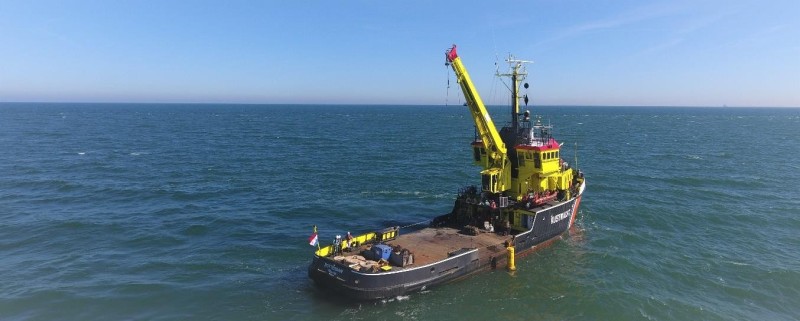T.M. Wegman¹*, J.D. Pietrzak¹, A.R. Horner-Devine2, H.A. Dijkstra3 , D.K. Ralston4,W.M. Kranenburg1,5,
1 Delft University of Technology; 2 University of Washington; 3 Utrecht University; 4 Woods Hole Oceanographic Institution, 5 Deltares
*Corresponding author:
Introduction
Climate change and the associated sea level rise and increasing frequency in droughts, are making deltas worldwide more susceptible to salt intrusion. It is very rare to have extensive field datasets during extreme droughts. In 2022 one of the worst droughts occurred in Europe.
Method
Here we present preliminary results from a unique dataset that was collected in the Dutch Rhine-Meuse Delta during a 17 week period in the summer and autumn of 2022. The dataset contains velocity and salinity measurements of instruments which were deployed around the mouth of the Rotterdam Waterway, the data also includes measurements of salinity concentration at many locations within the estuary. In addition to the moored observation points, along-channel velocity and salinity observations were collected during ship borne surveys.
Results
A first analysis of this dataset is presented here, focussing on the estuary response to low river discharge. We present results of the changing stratification around the mouth of the Rotterdam Waterway during the summer, and preliminary insights into the role of the coupling between the offshore river plume and salt intrusion in the delta. We analysed the ship transects to evaluate how the stratification and salt transport mechanisms alter during the drought. A vertically well-mixed structure is observed in the shallower, upstream estuary. As found in a normal year, a vertically stratified structure is still observed in the downstream estuary. However, the upper layer has a salinity of up to 8 PSU, in contrast to the fresh water typically found in the surface layer during normal discharge conditions.
Along the thalweg of the estuary we observe an abrupt transition from a salt wedge estuary to a well- mixed estuary, where the salt intrudes significantly farther upstream compared to typical discharge conditions. The discharge reached a minimum of 663 m3/s compared to the 1500 and 2000 m3/s observed during normal summer conditions.

Figure 1 Survey vessel with a freshwater front in the background
I. Surname1*, F.N. Another-Surname2 , Y. Next-Surname2
1 University Name, Country; 2 Organization Name, Country
* Corresponding author: mail.name@organization.org


